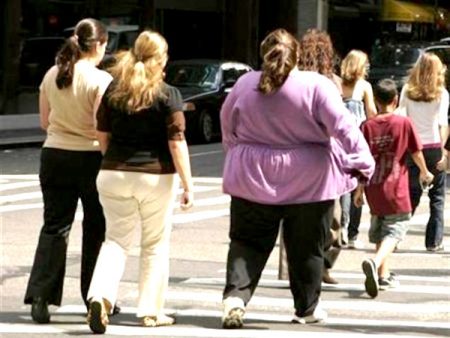September 4, 2018 – According to two University of Washington researchers, using an artificial intelligence algorithm (AI) has allowed them to assess a city’s building infrastructure to determine obesity levels in the urban population. In a published paper appearing on August 31, Adyasha Maharana, of the Department of Biomedical Informatics and Medical Education, and Elaine Okanyene Nsoesie, from the Institute for Health Metrics and Evaluation, posed this question.
How can convolutional neural networks assist in the study of the association between the built environment and obesity prevalence?
In modeling the built environment of a group of select cities including Los Angeles, Memphis, San Antonio, and Greater Seattle (Seattle, Tacoma and Bellevue), they developed a deep learning algorithm for a convolutional neural network which then examined 150,000 high-resolution satellite and Street View images from Google. Data on adult obesity rates on these cities, obtained from Atlanta’s Center for Disease Control and Prevention, was used to quantify the association of urban features within the images. When the algorithms were applied the neural network was able to accurately determine rates of obesity based on the type of urban infrastructure.
Some interesting data points emerged. Areas near pet shops had lower obesity rates because of a higher density of dog owners meant more people were taking walks. Where there was higher amounts of green space between buildings, obesity rates were lower.
In their paper, the authors describe a study entitled the “Global Burden of Disease” in which it estimates that more than 603 million adults globally were defined as obese in 2015. The study further noted that a third of the U.S. adult population was obese and that 46 U.S. states had obesity rates exceeding 25%.
Obesity reflects lifestyle as well as genetics. The lifestyle issues are about the physical environment, levels of activity, and food choices. There is also a correlation between obesity rates and low income.
The application of creating a software algorithm, in association with a neural network, to study adult obesity levels in built-up urban environments, could lead to changes in the creation of future city infrastructure. Rather than time-consuming on the ground surveys, and data collection for city hospitals and physicians, this software AI approach where existing data and images serve as a shortcut yields meaningful data for urban planners and city governments.
One caveat. The AI algorithms developed by these University of Washington researchers are specific to the U.S. and unlikely to be relevant in other parts of the world without adjusting for specific factors in those urban localities. Nevertheless, it demonstrates what AI is capable of doing with distinct advantages over other forms of data parsing particularly when applied to enormous volumes of non-specific data such as satellite imaging. Who would have thought an overhead shot of a city could tell you where obesity rates are highest?
















